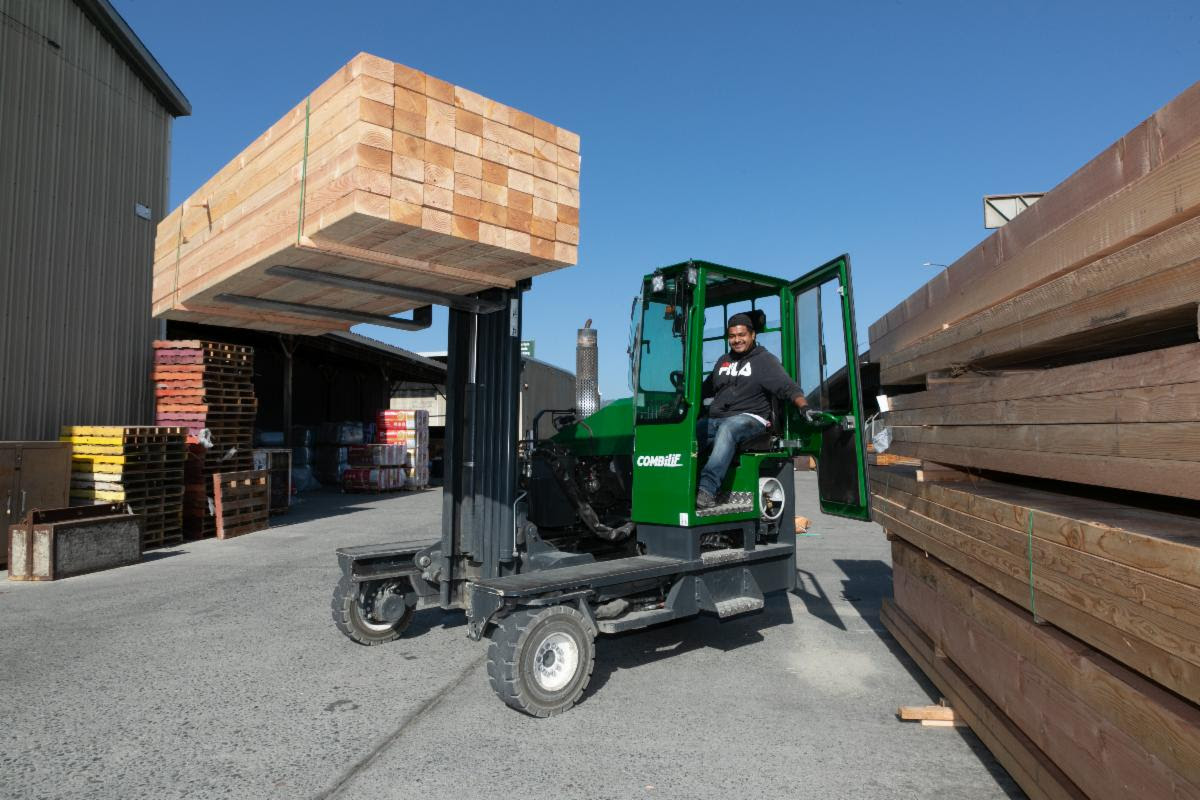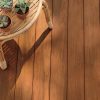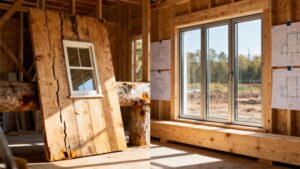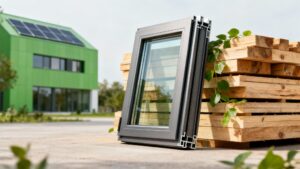Every successful construction project starts with choosing the right materials. One of the most crucial elements of any build is in finding the best lumber. In this comprehensive guide, we’ll discuss how to select the best lumber for your residential or commercial projects, ensuring a high-quality and durable outcome.
Understanding Lumber Grades
1.1. Construction and Standard Lumber Grades
Construction-grade lumber is the most common type used for framing and structural elements. Standard lumber grades, such as No. 1, No. 2, and No. 3, are determined by the strength and appearance of the wood. Higher grades have fewer knots and defects, making them ideal for projects requiring strong, straight, and visually appealing boards.
1.2. Select and Finish Lumber Grades
Select and finish lumber grades, such as B, C, and D, are higher quality options used for cabinetry, furniture, and decorative purposes. These grades offer smoother surfaces, fewer knots, and a more refined appearance. It’s essential to consider the project’s purpose when selecting the appropriate lumber grade.
Choosing the Right Lumber Species
2.1. Hardwood vs. Softwood
Hardwood species, like oak and maple, are denser and more robust, making them suitable for high-traffic areas, cabinetry, and furniture. Softwoods, such as pine and cedar, are lighter and more flexible, ideal for framing, paneling, and outdoor projects like decking and fencing.
2.2. Moisture Resistance
Some wood species are more resistant to moisture and rot, making them ideal for outdoor use or in damp environments. Redwood and cedar are excellent choices for decking and exterior applications due to their natural resistance to decay.
Engineered Lumber Options
3.1. Benefits of Engineered Lumber
Engineered lumber products, like I-joists, laminated veneer lumber (LVL), and glued laminated timber (glulam), offer superior strength, stability, and uniformity compared to traditional solid wood. These materials are ideal for applications requiring long spans, such as floor and roof systems, where dimensional stability is crucial.
3.2. Environmental Considerations
Using engineered lumber can also be a more environmentally friendly option, as these products often utilize wood waste and smaller, faster-growing trees. Additionally, engineered lumber products can help reduce job site waste due to their consistent dimensions and pre-cut lengths.
Sustainability and Certification
4.1. Forest Stewardship Council (FSC) Certification
FSC-certified lumber comes from responsibly managed forests, ensuring that the wood is harvested sustainably and with minimal environmental impact. Choosing FSC-certified lumber for your project supports responsible forestry practices and helps preserve our natural resources.
4.2. Reclaimed and Salvaged Lumber
Reclaimed and salvaged lumber are eco-friendly options that utilize wood from deconstructed buildings or fallen trees. These materials can add character and a unique aesthetic to your project while reducing waste and conserving resources.
Local Lumber Supply and Delivery
5.1. Benefits of Working with a Local Supplier
Working with a local lumber supplier, like Truitt & White Hardware and Lumber, offers numerous advantages. Local suppliers have extensive knowledge of the regional building codes and climate considerations, ensuring you select the best materials for your specific project. Additionally, local suppliers often provide faster delivery and more personalized customer service.
5.2. Delivery Options
Reliable delivery is crucial for keeping your project on schedule. Ensure your supplier offers timely delivery with flexible scheduling, such as 2-hour windows, and appropriate equipment like flatbed trucks and piggyback forklifts for efficient unloading.
Getting a Quote and Ordering Materials
6.1. Requesting a Quote
When planning your project, obtaining a quote from your lumber supplier is essential for budgeting and material selection. Contact your supplier by phone or use their online quote request form to provide details about your project and the materials needed. Be sure to include specific information, such as lumber species, dimensions, and quantities, to ensure an accurate quote.
6.2. Placing an Order
Once you’ve received and approved the quote, place your order with the supplier, specifying any delivery instructions or special requests. Ensure you’ve allowed for some extra material to account for any mistakes or changes during construction. It’s always better to have a little extra on hand than to run out of materials in the middle of your project.
Conclusion
Choosing the right lumber supply is a critical step in ensuring the success of your residential or commercial building project. By understanding lumber grades, species, engineered lumber options, sustainability certifications, and working with a reliable local supplier like Truitt & White Hardware and Lumber, you can confidently select the best materials for your specific needs. With the right lumber supply, you’ll be well on your way to creating a high-quality, durable, and beautiful structure that will stand the test of time.









